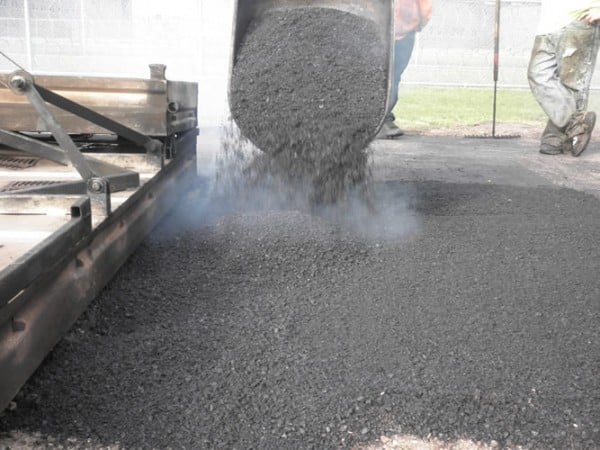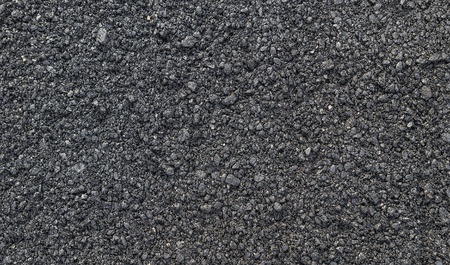Unlocking the Secrets of Hot Mix Asphalt Technology
Exploring the midsts of warm mix asphalt modern technology reveals a world where precise solutions and precise procedures converge to form our roads and facilities. The fusion of accumulations, binders, and fillers isn't simply a construction job but a calculated orchestration of sturdiness and performance.
Value of Warm Mix Asphalt
Warm Mix Asphalt plays a crucial role in contemporary facilities growth due to its resilience and cost-effectiveness. As the most typically utilized paving material for roads, highways, and car parking lots, Hot Mix Asphalt provides a range of benefits that add to its relevance in building and construction tasks.
The sturdiness of Hot Mix Asphalt stems from its structure, which includes accumulations, binder, and filler materials that are meticulously chosen and blended to fulfill specific efficiency requirements. On the whole, the significance of Warm Mix Asphalt in facilities development can not be downplayed, as it proceeds to be a keystone of modern-day building practices.
Elements of Asphalt Mixes
The structure of asphalt blends is composed of thoroughly chosen accumulations, binder, and filler products that are crucial for accomplishing certain efficiency needs. Accumulations are the key component of asphalt mixes, giving stamina and security. The binder, typically bitumen or asphalt cement, holds the aggregates with each other and supplies versatility and resilience to the mix.
The combination and proportion of these components play a considerable function in figuring out the high quality and performance of the asphalt mix. Engineers thoroughly make the mix to fulfill certain requirements, considering factors like web traffic volume, climate conditions, and pavement life expectancy. Appropriate choice and balancing of accumulations, binder, and fillers are essential for creating sturdy, durable asphalt sidewalks.
Mixing and Manufacturing Strategies

When the accumulations are chosen, the binder, commonly asphalt concrete, is included to bind the materials together. The binder's high quality and quantity considerably influence the mix's stamina, flexibility, and resistance to environmental elements. Additionally, fillers like moisturized lime or Rose city cement may be included to enhance specific characteristics of the asphalt mix, such as its workability or dampness resistance.
Throughout production, the aggregates and binder are warmed, normally between 250-325 ° F(121-163 ° C ), to help with mixing and guarantee proper finishing of the aggregates. The blending process must be detailed to accomplish a homogeneous combination that advertises the wanted efficiency characteristics of the asphalt. Numerous methods, such as batch blending or drum mixing, are utilized to achieve regular and top notch asphalt mixes for construction jobs.
Factors Impacting Asphalt Performance
Aspects influencing asphalt efficiency encompass a series of variables that impact the durability, long life, and general top quality of asphalt pavements. One crucial factor is the high quality of products utilized in the asphalt mix. The kind and source of aggregates, the binder top quality, and the ingredients all play a significant function in determining the performance of the asphalt sidewalk. The rank of aggregates is vital as it affects the mix's workability, resistance, and security to rutting and fracturing.

Environmental problems also influence asphalt efficiency. Temperature variations, moisture seepage, and website traffic tons can all influence the structural stability of the sidewalk. Layout considerations, such as sidewalk thickness and water drainage, are important in ensuring the long-term efficiency of the asphalt pavement. By carefully thinking about these contractors, engineers and elements can enhance asphalt efficiency and enhance the pop over to these guys service life of pavements.
Lasting Practices in Asphalt Innovation

Additionally, the growth of warm-mix asphalt (WMA) innovations has gained traction in the last few years. WMA enables the manufacturing and placement of asphalt blends at lower temperature levels compared to conventional hot-mix asphalt, leading to lowered power usage and greenhouse gas emissions. Furthermore, making use of permeable asphalt blends can help mitigate stormwater overflow problems by allowing water to penetrate through the sidewalk and into the ground, advertising all-natural water purification more information and charge procedures. By carrying out these sustainable methods, the asphalt market can contribute to building a much more eco-friendly and resilient infrastructure network.
Conclusion
To conclude, hot mix asphalt modern technology plays a crucial function in modern framework advancement because of its durability and cost-effectiveness. By meticulously balancing parts, employing correct mixing methods, and considering numerous elements, designers can create high-grade asphalt mixes that withstand rush hour tons and severe climate condition. Welcoming sustainable methods, such as utilizing recycled products and warm-mix technologies, additionally boosts the environmental friendliness of asphalt innovation.
Mixing and manufacturing strategies in warm mix asphalt modern technology involve the accurate mix and processing of aggregates, binder, and fillers to create a high-performance and long lasting asphalt mix.Aspects affecting asphalt efficiency incorporate a variety of variables that affect the longevity, long life, and general high quality of asphalt sidewalks. Lasting techniques in asphalt modern technology include various efforts aimed at reducing the ecological effect of asphalt manufacturing and paving processes. By integrating reclaimed asphalt pavement (RAP) and recycled asphalt roof shingles (RAS) into brand-new asphalt mixes, the sector can significantly minimize the consumption of raw products and power, official source while also decreasing land fill waste.
WMA allows for the production and positioning of asphalt mixes at reduced temperatures compared to typical hot-mix asphalt, resulting in lowered energy intake and greenhouse gas exhausts.
Comments on “Reimagine Your Room: Hot Mix Asphalt Paving for Angled Parking Lot Projects”